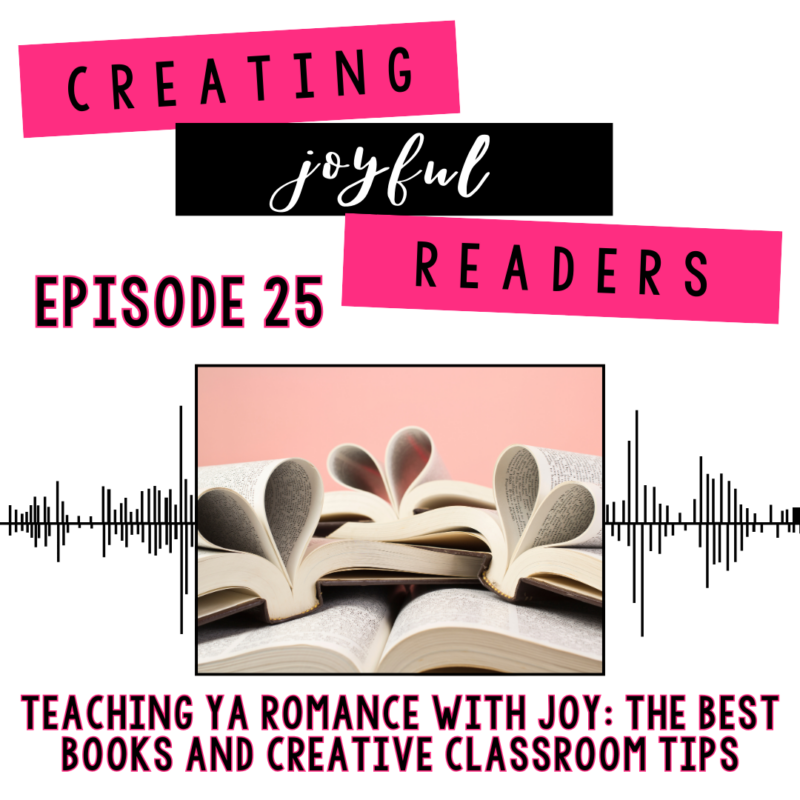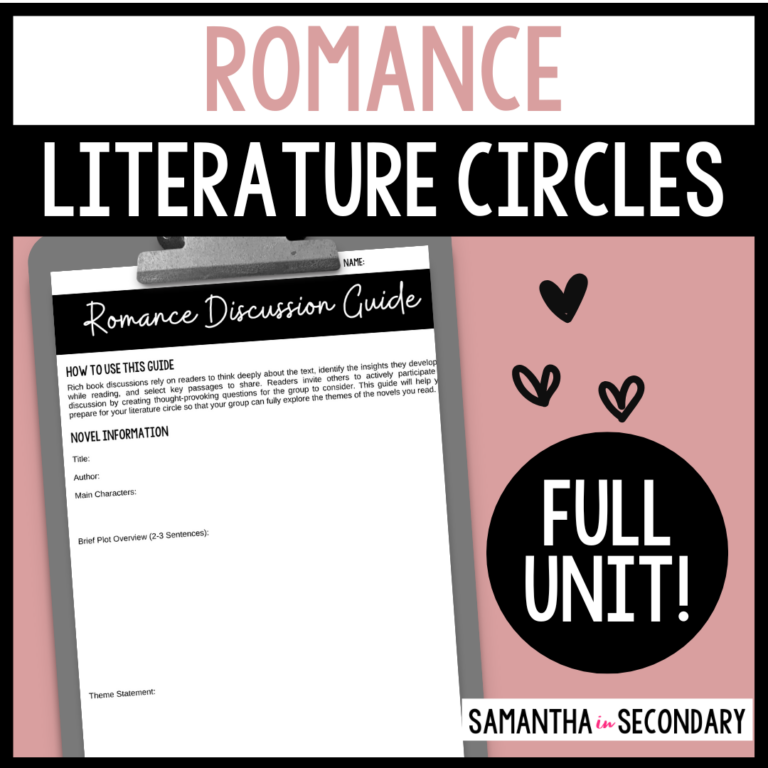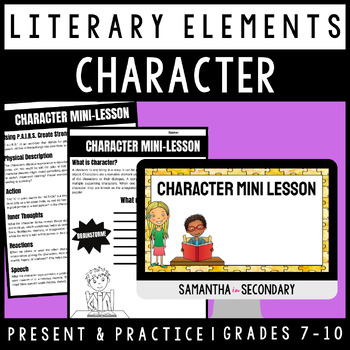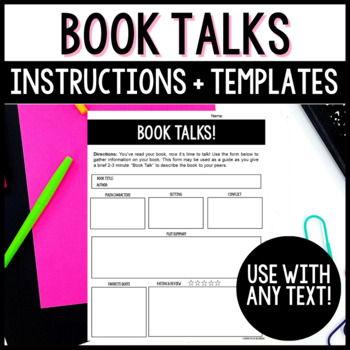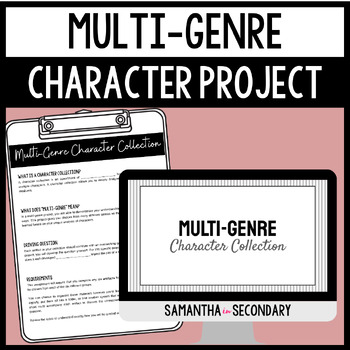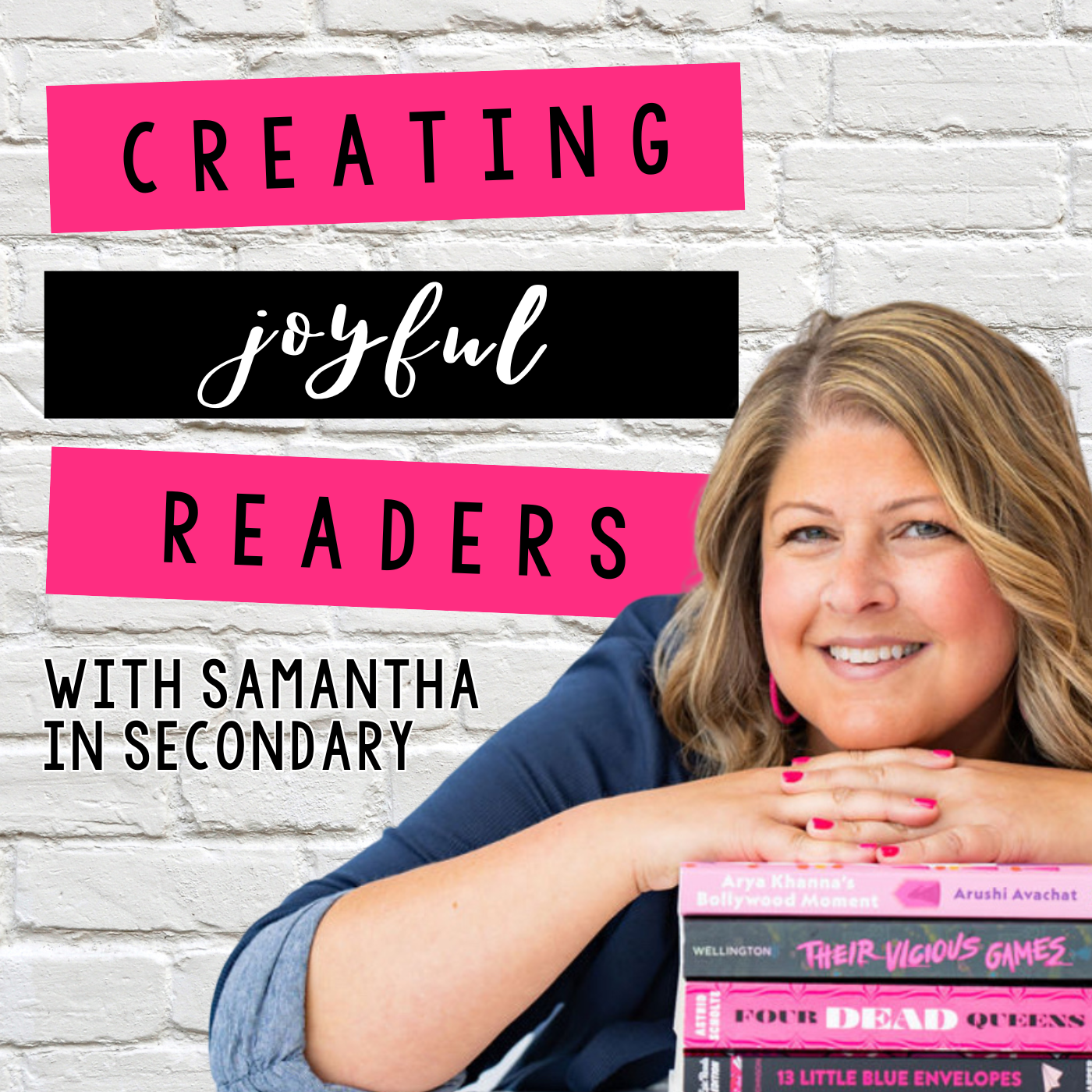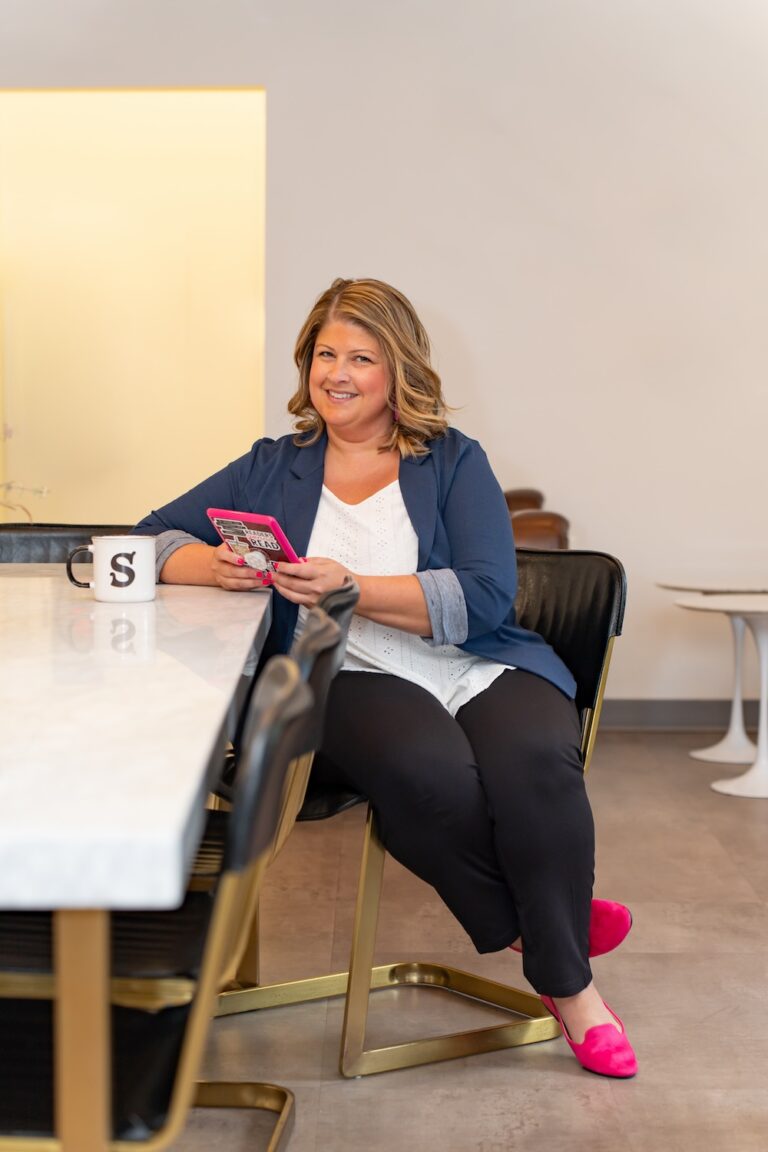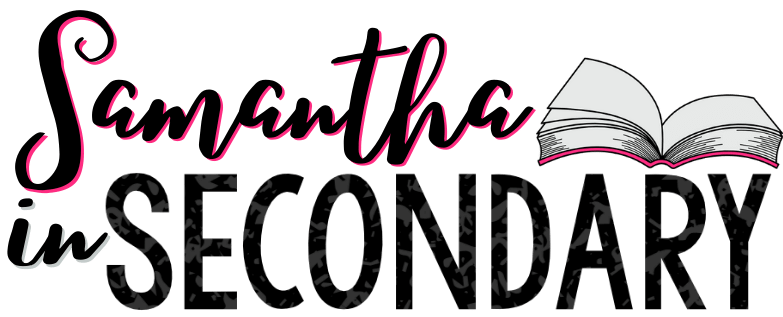Samantha 0:00
Welcome back to creating joyful readers, the podcast that helps secondary literacy educators inspire a lifelong love of reading and their students. I’m Samantha, your host, and today we’re stepping into the heartfelt world of YA romance. Whether you’re a fan of epic love stories or just looking for creative ways to bring romance into your classroom, this episode is for you. I’ll be sharing some engaging strategies to teach YA romance, from exploring common tropes to designing activities your students will love. Plus, I’ll reveal some of my favorite YA romance books along the way that are perfect for your classroom library or next unit plan. So grab your favorite beverage, get cozy, and let’s explore how to make YA romance an unforgettable reading experience for your students.
Samantha 0:45
Welcome to Creating joyful readers, a podcast dedicated to empowering secondary educators with the tools, strategies, and inspiration to cultivate a lifelong love of reading in their students. I’m your host, Samantha. Tune in each week as we explore the transformative power of independent reading, delve into the latest research on literacy, dissect projects that will help your students showcase what they’ve learned in a unique way, and share curated recommendations of young adult novels that will captivate and engage your learners. Join in as we embark on a journey to create joyful lifelong readers one book at a time.
Samantha 1:22
When I teach the romance genre, I always pair it with the literary element character. That’s because at its core, a great romance story isn’t just about the relationship, it’s about the people in it. Romance novels thrive on well crafted characters whose personalities, flaws, and growth drive the story forward. Think about it, the tension in an enemies to lovers trope doesn’t exist without two distinct personalities clashing and evolving. The magic of friends to lovers comes from knowing the character so well that you’re rooting for them to realize what’s right in front of them. And the forbidden love trope, it’s only as powerful as the depth and complexity of the characters motivations and conflicts. In the romance genre, characters aren’t just participants in the plot. They are the plot. Their choices, interactions, and personal growth shape the story, making it a perfect opportunity for students to analyze how authors develop characters and relationships.
Samantha 2:18
So the first thing I do when implementing a romance unit is start with a strong review of character as a literary element. You can refresh the basics and then chat all about how authors create strong, believable characters. My favorite activity to practice this is a Who Am I game. The gist of the activity is that students write a short paragraph describing a popular character using whatever strategy you’ve taught them. I like pairs, but steel is a good one too. They’re acronyms that help students figure out what strong characters have. Then they take turns guessing the characters. It’s always a lot of fun and a great review. This activity is included in my character mini lesson, along with a ton of examples so you can head to the show notes if you’d like to check it out.
Samantha 3:03
The next step to introducing the romance genre to your students is helping them find the perfect book. One of my favorite methods for this is book speed dating. If you’re unfamiliar, book speed dating is a fun, interactive way for students to quickly explore a variety of books. You set up stations with different books, and students spend a few minutes with each one, reading the back cover or the first few pages before moving on to the next. It’s a great way to spark interest and get students excited about what they’ll read next.
Samantha 3:31
Another method I love is book talks. Book Talks are a quick and engaging way to introduce several books in a short amount of time. You can have students create their own book talks on note cards to share with the class, or you can curate a selection of your favorite books and share them yourself. For example, a book talk about Tweet Cute by Emma Lord might sound like this: if you’re into witty banter in social media drama, tweet cute is a must read. It’s a modern rom com about two teens who start an anonymous Twitter war that gets way more complicated than they ever expected. And for Dungeons and drama by Christy Boyce, you might say: If you love a story about finding love in unexpected places, dungeons and drama blends high school drama with a love story set against the backdrop of a Dungeons and Dragons campaign. It’s quirky, fun and perfect for any fantasy loving romantic. This approach gets students engaged quickly and helps them discover a book they can’t wait to read.
Samantha 4:25
Studying the romance genre is the perfect opportunity to lead into character focus activities, which are some of my absolute favorites to do with students. These activities really allow students to dig deeper into character traits and understand how authors craft well rounded, multi dimensional characters. One of my favorite projects is a multi genre character collection. This activity encourages students to explore literary characters in creative ways by creating a variety of artifacts across six categories: journalism, visual with words, visual displays, informational text, creative writing, and digital media. The best part? No two projects are alike, allowing for tons of creativity and individual expression. For example, if you’re using a book like Lynn Painter’s Better Than The Movies, students could create a mix tape for characters Wes and Liz, choosing songs that they feel capture the essence of each character and explaining their choices. It’s a fun and unique way to help students connect with the characters on a deeper level and show their understanding in a creative, personalized way.
Samantha 5:27
As we know ya, romance isn’t just limited to the pages of a book. It’s everywhere in popular media, especially with the surge and adaptations for TV shows and movies. Kids today are more likely to have seen a romance novel on screen than to have picked it up in a book form. And let’s face it, these adaptations are incredibly popular. To All the Boys I’ve Loved Before, the summer I turn pretty, and never have I ever are just a couple of examples of YA romance stories that have captured the hearts of audiences worldwide. These films and shows bring the emotional highs and lows of a romance novel to life, giving students a visual and emotional connection to the story before they even turn the first page of the book. So why not use this to your advantage? Students might already be familiar with these stories through film or TV, so when you introduce the book in class, it’s a perfect gateway for discussion. You can invite students to compare the book with the adaptation, which can be a great way to explore literary elements. They might notice how some scenes are expanded in the movie, how certain characters are portrayed differently, or how the overall tone of the story might change when translated to the screen. For example, if you’re teaching To All the Boys I’ve Loved Before by Jenny Han, you can encourage students to analyze how Laura Jean’s inner thoughts are depicted in the book versus how they are visualized in the movie. Did the film capture her voice? Do students feel the same emotional impact in both formats? It’s an excellent opportunity to discuss the power of the written word versus the visual medium. This comparison also offers a great chance for students to explore the differences between book and movie adaptations in a broader context and how creative choices in film and TV can shape or shift the original narrative. Plus for students, who may be more reluctant readers, having seen the movie first, could spark their interest in reading the book, especially when they realize that there are so many more layers to the story than what the screen has shown them. Encouraging students to dive into both the book and its adaptation makes for a rich, multi dimensional learning experience. It also opens the door for deeper conversation about storytelling, media literacy, and the emotional impact of both reading and viewing. So whether it’s the kissing booth, All the Bright Places, or even something as recent as heart stopper, use those popular screen adaptations as a way to bring romance novels to life in your classroom.
Samantha 7:42
Now, if you’re looking for an engaging way to plunge deeper into the romance genre with your students, I highly recommend trying a romance literature circle. What I love about literature circles is that they allow students to choose their own books, which can make a huge difference, especially for those reluctant readers. And yes, I’m talking about those students who might roll their eyes at the thought of reading romance. You will definitely have kids who say, ew romance, right? But when you give them the freedom to pick a book that speaks to them, they’re more likely to find something they enjoy. For example, a book like frankly, in love by David Yoon or the Serpent King by Jeff Zetner, often resonates with students who wouldn’t traditionally reach for romance novels. These books offer an excellent blend of romance and real life challenges, which can help students who are hesitant to jump into a genre they might assume isn’t for them.
Samantha 8:32
If you’re looking for a way to make this all come together in your classroom, I’ve got a done for you resource that can help. I have a romance literature circle unit available in my teachers pay teacher shop, Samantha in Secondary. You can find it by simply searching romance in the store. It’s a full genre based unit designed to guide your students through literature circles, with a mix of activities, book talks, a genre introduction, and even a creative project that wraps up the whole experience. The great thing about this unit is its flexibility. You can use it alongside your existing curriculum or as a standalone mini unit. So if you’re looking to inspire a love for the genre and your students, this could be a perfect way to start. You can find this unit and the rest of the activities I discussed in this episode in my shop, or you can check the show notes for the link.
Samantha 9:16
In this episode of Creating joyful readers, we explored the world of YA romance, and shared strategies for introducing the genre to your students. We talked about how romance novels thrive on well crafted characters, and why this makes them a perfect fit for character driven activities like the multi genre character collection project. We also discussed the influence of popular media adaptations, like To All the Boys I’ve Loved Before, and never have I ever and how comparing books to their on screen counterparts can deepen students understanding of both the book and the adaptation.
Samantha 9:47
If you’re ready to bring more romance into your classroom, be sure to check out my romance literature circle unit, which is available in my teachers pay teacher shop, Samantha in Secondary. This full unit is packed with activities, book talks, and a creative project that help students learn about the genre and discover their next favorite read. You can find it by searching romance in my shop or check the link in the show notes to get started. Next week, I’m welcoming a very special guest who had one of the most popular ya romances of 2024 and a new book just released that I know you’re going to love as well. Any guesses? Tune in next week and see if you’re right. Until next time happy reading.
Samantha 10:27
Thanks for tuning in to creating joyful readers. I hope you found inspiration and practical strategies to ignite a passion for reading in your students. Remember every book we introduce and every reading experience we foster can transform lives and help students become lifelong readers. Follow me on social media at Samantha in Secondary for more tips book recommendations and to connect with a community of educators dedicated to making reading a joyful journey. Until next time, happy reading.

